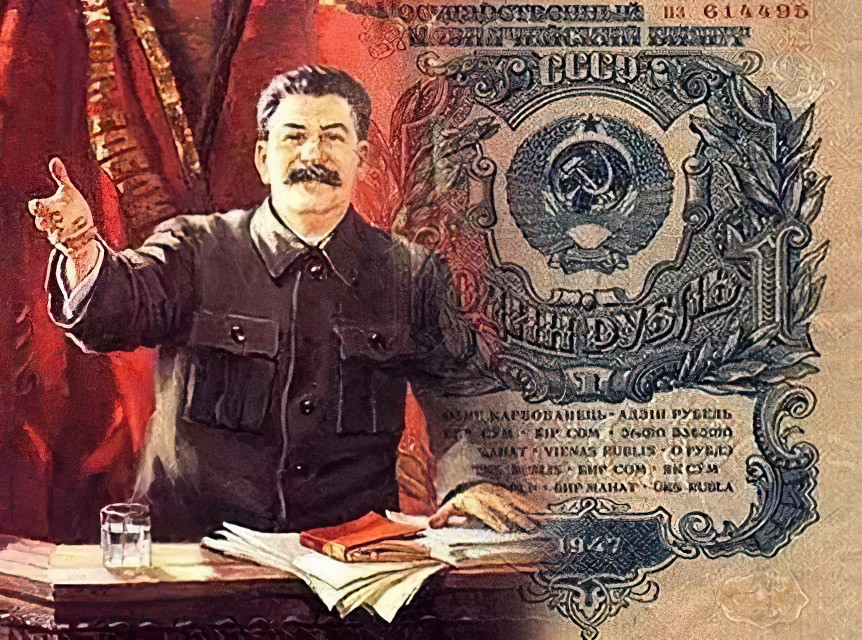The Monetary Reform of 1947 through the Perspective of Chinese Diplomats from Novosibirsk
Research Article
Views: 212 / PDF downloads: 33DOI:
https://doi.org/10.32523/3080-129X-2025-150-1-68-83Keywords:
monetary reform, money exchange, inance, ruble deposits, exchange rate, Chinese consulate, USSR, NovosibirskAbstract
The paper is devoted to the Soviet monetary reform of 1947 in the context of analyzing its consequences for foreign citizens and diplomatic missions. On December 14, 1947, the Council of Ministers of the USSR and the Central Committee of the All-Union Communist Party (Bolsheviks) adopted a resolution on the implementation of the monetary reform and the abolition of ration cards for food and industrial goods. The reform was aimed at eliminating the disproportion between the excess money supply generated by the emission for military expenses and the supply of goods, largely by confiscating savings from the population by establishing an unfavorable exchange rate. The purpose of the article is to show the impact of the monetary reform of 1947 on foreign diplomatic missions accredited in the USSR using the example of the interaction of the Consulate General of China in Novosibirsk with the Soviet authorities. The article examines a conflict situation between a branch of the State Bank and the Chinese consulate regarding the revaluation of a ruble deposit following the reform. The choice by the Soviet side of the countries for which exceptions were made, in the opinion of the Chinese side, was unjustified; moreover, the USSR and the Republic of China positioned each other as friendly countries. This circumstance was presented by the Chinese side as a political argument allowing them to count on privileged conditions for the conversion of the ruble account. The article publishes the correspondence between the Consulate and the head of the Novosibirsk executive authority and the decree of the USSR government “On the procedure for exchanging money for diplomatic missions in the USSR in connection with the ongoing monetary reform and the abolition of the card system” dated December 14, 1947, which is being introduced into scientific community for the first time. The documents were deposited in the State Archives of Novosibirsk in the fund of the Novosibirsk City Council. It is concluded that the strategies and practices of foreign diplomatic representatives in the context of confiscatory reform turned out to be similar to the financial attitudes and behavior of part of the country's population and party-Soviet elites aimed at preserving savings.
Downloads
References
Boldovsky, K. The Currency Reform of 1947 and the Party Apparatus of Leningrad. Vestnik of Saint Petersburg State University. 2013. No.4, pp.175–184.
Datsyshen, V. Consulates of the Republic of China in Siberia within the Framework of Russian-Chinese Relations. Society and State in China. 2012. No.7(3), pp.153–159.
The Currency Reform of 1947: Public Reaction Based on Documents from Stalin’s “Special Folders”. Compiled by E. Zavadskaia and T. Tsarevskaia. National History. 1997. No.6, pp.134–140.
The Currency Reform of 1947 in Documents: Preparation, Implementation, and Evaluation of Results. Compiled by Yu. Kashin. Moscow. 2007. 120 p.
The Currency Reform in the USSR in 1947: Documents and Materials. Compiled and annotated by L.N. Dobrokhotov et al. Moscow: ROSSPEN. 2010. 791 p.
Nureev, R., Eskindarov, M., Degtev, S. The Currency Reform of 1947 and Its Role in the Restoration of the National Economy of the USSR. Moscow: Knorus. 2023. 508 p.
Decisions of the Party and Government on Economic Issues. In 5 volumes: Collection of Documents over 50 Years. Vol.3: 1941–1952. Compiled by K.U. Chernenko and M.S. Smirtyukov. Moscow: Politizdat. 1968. 754 p
Khodyakov, M. People and Money: The Currency Reform of 1947 and the Activities of the Leningrad Paper Factory “Goznak”. New History of Russia. 2011. No.1, pp.54–65

Downloads
Published
Issue
Section
License
Copyright (c) 2025 N. Ablazhey, A. Farmanchuk

This work is licensed under a Creative Commons Attribution-NonCommercial-NoDerivatives 4.0 International License.














